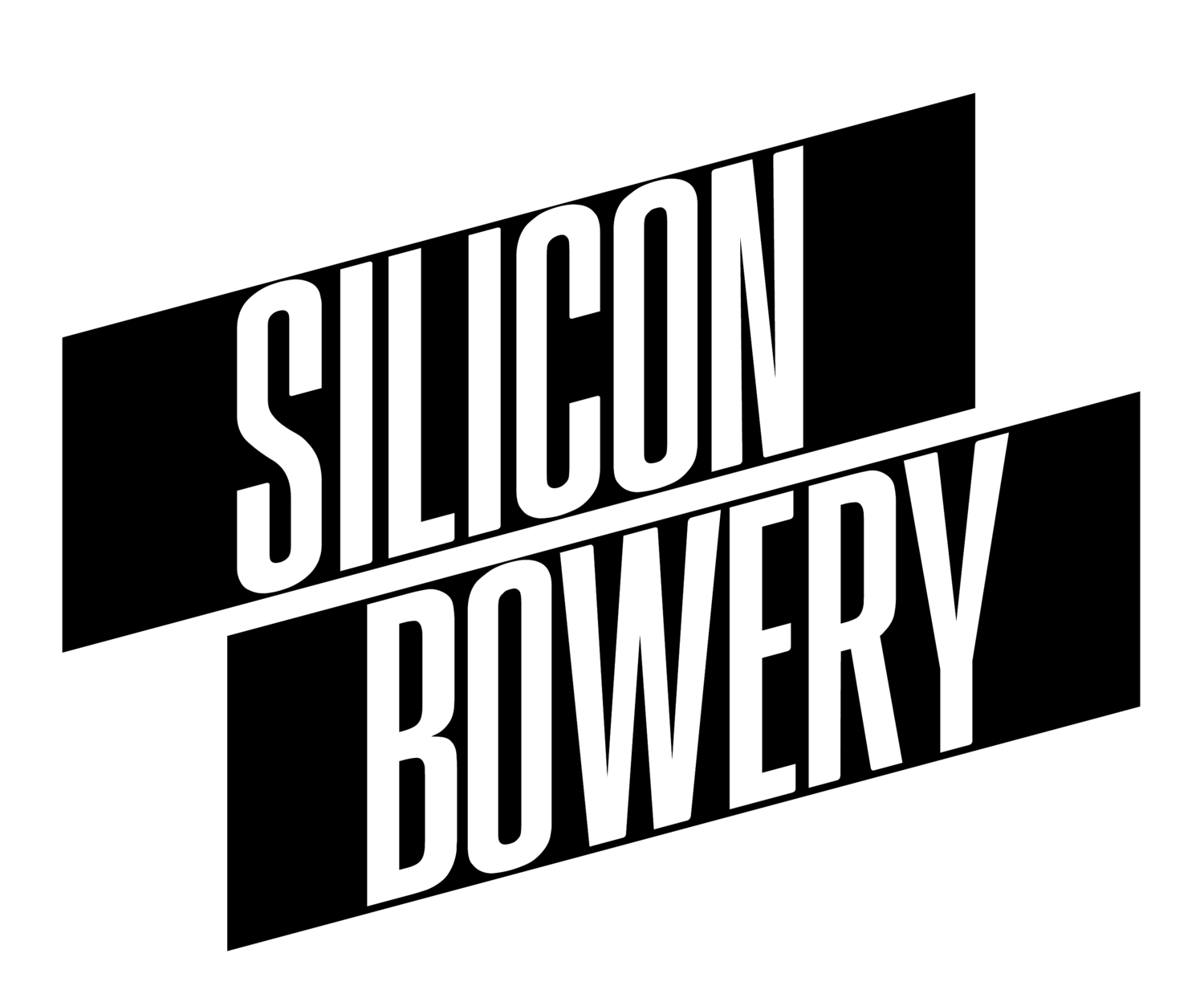New or Just “Newish”?
I am naturally skeptical. So I spend a lot of time thinking about whether so-called “new” trends and business requirements are in fact fundamentally new, or are just new manifestations of old, time-tested ideas. The difference may seem semantic but it is actually important. When something is perceived as fundamentally new, organizations will be quick to “throw out the playbook” and “reinvent the wheel.” They rebuild their strategies. And they will often unfortunately make their own people feel obsolete and incapable of learning the “new way.” In doing so they can inadvertently overlook strategic fundamentals which have not changed. If on the other hand something is actually just a new flavor or take on a known strategy, then the transition, especially for experienced hands, can be much smoother. It becomes a matter of internalizing new tactics. For lack of a better term, let’s call these the “newish” trends.
As a skeptic, I tend to think that most of what gets labeled as “new” falls into the “newish” category.
Take something as fundamental as direct response marketing. While Facebook and LinkedIn’s datasets and targeting algorithms are far more sophisticated than anything that was available decades ago, the premise of targeting an audience and measuring their conversion rate to a specific objective is fundamentally the same as it was with direct mail. The data may not have been as good, so conversion rates may have differed (or not actually, depending on who you ask. The 2018 Association of National Advertisers Response Rate Report claimed that direct mail was 6x more effective than all digital channels combined. But I digress - and definitely need to come back to that in another post). But the grind of eking out profit by targeting those most likely to convert at the lowest possible cost - that’s been around for a LONG time. Running Facebook and LinkedIn lead-gen advertising requires new tactics in this case, but the strategy of the funnel is the same, and therefore they would only be considered “newish.” Before ploughing under a functioning marketing organization it’s important we know which is which.
With that said, I’ve been thinking about three trends which do seem to be fundamentally new (and not just “newish”). And if they really are new, then they necessitate not just new tactics but strategies as well.
1. Content Creation and Distribution (or, Why Every Company is a Media Company)
In the span of just two decades media has radically pivoted from one-way "broadcast" channels to truly customer-driven, "social" media.
In the new digital and social world, sales and marketing increasingly requires sophisticated content development and distribution strategies. It also requires constant community engagement. There is little reason to believe that the tools and tactics developed a generation ago will engender the same influence they once did when the formats themselves have so fundamentally changed. Organizations large and small, old and new are struggling with this transition across both B2B and B2C channels.
So if the transition to social media means that all marketing is increasingly engagement-oriented content marketing, then every company must start to think like a media company.
2. Audience Fragmentation (or, Niche is the New Reach)
The ability to associate digitally in increasingly specific affinity and interest groups has resulted in extreme audience fragmentation. Assembling audiences at scale now requires the aggregation of an increasingly complex set of hyper-targeted sub groups. My friend Shannon Connolly calls this “niche is the new reach.” Of course, there will always be high-traffic homepages and highly-rated live events that aggregate large audiences. But as consumers increasingly get their information from complex networks of friends (both IRL and virtual) and niche influencers, the value of aggregated media to drive specific objectives (as side from overall brand awareness) will decline.
3. Communities of Conscience (or, Standing for Something)
Globally, the effort to fight climate change, inequality, and other negative societal trends are no longer the exclusive domain of sovereign governments. They are increasingly central to almost every business model, and require every organization to go back to basics on things like mission and value proposition - and sometimes the very objectives of the business itself.
COVID-19 only accelerated this transition. Global firms like Walmart would have had to reckon with their own responsibilities for keeping people safe and promoting the general welfare even if politics in the US had not politicized our public health response the way they did. Even an industry like asset management (which is supposedly laser-focused on the singular mission of profits and performance) cannot avoid the new global consciousness. So-called ESG products will soon be everywhere. Europe is taking this effort to the extreme, where all regulated investment providers and products will soon require a layer of ESG reporting (see the EU’s new Sustainable Finance Disclosure Regulation or “SFDR”).
So while its debatable what any particular company in any particular market niche needs to stand for, it is not debatable that they need to stand for something.
